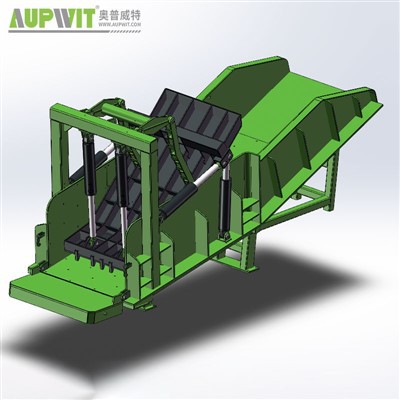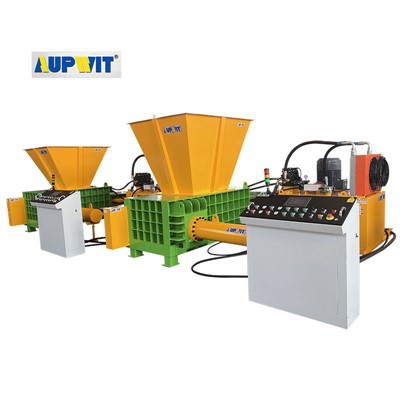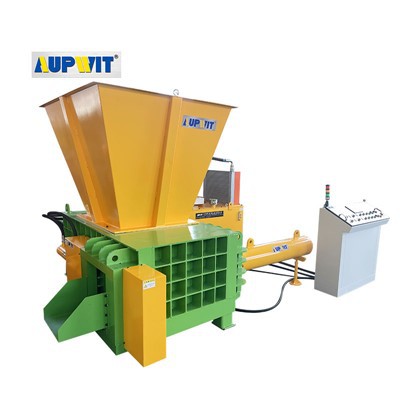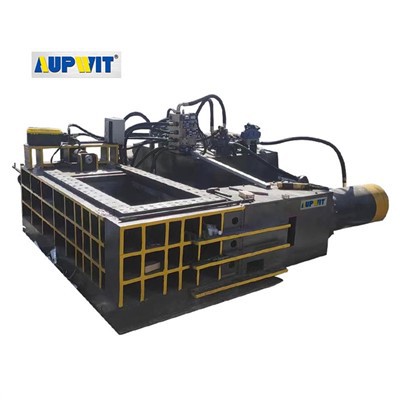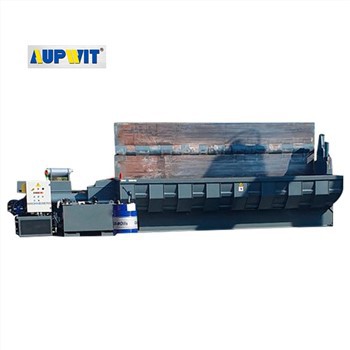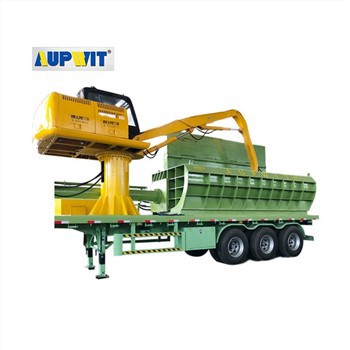Biomass Briquetting Press Efficiency Analysis
The efficiency of a briquetting press in processing biomass depends on multiple factors, including raw material properties, machine design, and operational parameters. Here’s a detailed analysis:
1. Key Efficiency Metrics
- Throughput Capacity:
- Small-scale presses: 100–500 kg/h (screw extruders)
- Industrial hydraulic presses: 1–5 tons/h (for high-density briquettes)
- Energy Consumption: Typically 50–100 kWh/ton, varying with moisture content and compression force
- Briquette Density: Achieves 0.8–1.4 g/cm³, comparable to coal
2. Influencing Factors
- Material Properties:
- Moisture Content: Optimal range: 8–12%. Higher moisture reduces efficiency
- Particle Size: <5 mm ensures uniform compaction
- Machine Type:
- Piston Presses: Higher density (>1 g/cm³) but slower
- Screw Presses: Faster but may require binders (e.g., starch)
- Binder Use: Starch or lignin additives can boost efficiency by 10–20% for fibrous biomass
3. Performance Comparison
| Biomass Type | Output (kg/h) | Density (g/cm³) |
|---|---|---|
| Sawdust | 300–800 | 1.0–1.2 |
| Rice Husk | 200–600 | 0.9–1.1 |
| Agricultural Waste | 150–500 | 0.8–1.0 |
4. Optimization Tips
Pre-drying Biomass Regular Die Maintenance Automated FeedingDetails:
- Pre-drying reduces energy use by 15–30%
- Worn dies lower density by up to 25%
- Automated feeding improves throughput consistency


